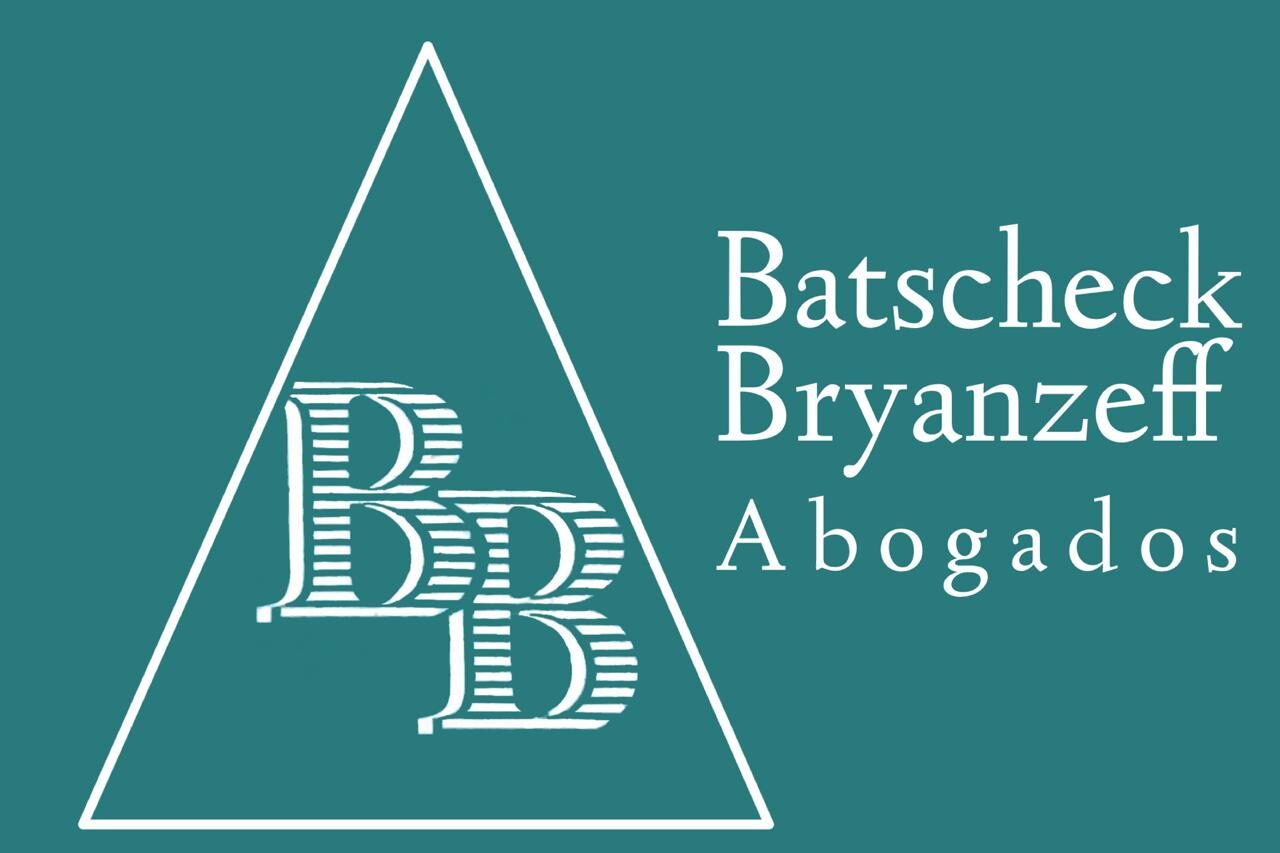AUD refers to what is colloquially known as alcoholism, which is a term that the DSM-5 no longer uses. According to the Centers for Disease Control and Prevention (CDC), moderate drinking is typically defined as two drinks or fewer for men per day, or one drink or less for women. Cognitive-behavioral why is alcohol addicting therapy (CBT), motivational therapy, and psychotherapy are necessary to avoid remission. Prognosis depends upon follow-up and motivational and cognitive behavior therapy. CBT is used to help patients learn how their thought processes play a role in developing their behavior.
Substance misuse problems can also result in other serious and sometimes fatal health problems and extraordinary costs; they may also lead to unexpected death from other causes. Three examples of these serious, sometimes lethal, problems related to substance misuse are highlighted below. Nevertheless, as discussed in more detail in Chapter 3, a few studies designed specifically to estimate rates of alcohol and other drug use on the job provide tentative estimates of work force alcohol and other drug use.
Is Alcohol a Drug?
The 12-month prevalence of alcohol use disorder is estimated to be 4.6% among 12 to 17-year-olds and 8.5% among adults aged 18 years and older in the United States. Rates of the disorder are greater among adult men (12.4%) than among adult women (4.9%). Twelve-month prevalence of alcohol use disorder among adults decreases in middle age, being greatest among 18 to 29-years-olds (16.2%) and lowest among individuals age 65 years and older (1.5%). The twelve-month prevalence varies markedly across race/ethnic subgroups of the US population. For 12 to 17-year-olds, rates are greatest among Hispanics (6.0%) and Native Americans and Alaska Natives (5.7%) relative to whites (5.0%), African Americans (1.8%), and Asian Americans and Pacific Islanders (1.6%).

Moving forward, it will be important to determine whether there are distinct responses to different drugs for these regions. It would also be advantageous to identify pharmacotherapies that can effectively enable normal goal-directed behavior without loss of control. Such a drug might target drug-related maladaptive habits or the compulsive-like nature of drug self-administration by increasing neuroplasticity, or by rendering the OFC/dorsal medial striatum labile again. Similar studies were conducted by questioning drug users, resulting in a high correlation to the previous expert judgements10,11,12. The major criticism that was raised about these “panel” based approaches was the necessity of value judgements, which might depend upon subjective personal criteria and not only upon scientific facts13.
Why Should We Be Concerned About AUD and Alcohol Addiction?
However, notable distinctions among drugs of abuse exist for the role of different brain regions that project to the NAc in context-induced drug seeking across drug classes. There are several studies of cocaine self-administration and seeking behavior, and only a few for alcohol, that identify pathway specific behavioral effects for the role of mPFC sub-regions in context-induced drug seeking. Dorsal (including prelimbic (PrL)) and ventral [including infralimbic (IL)] mPFC regions provide glutamatergic input to the NAc core, whereas the ventral mPFC provides glutamatergic input to the NAc shell (Brog et al., 1993, Sesack et al., 1989). Chen et al. (2013) found marked reductions in PrL excitability in a rat model of compulsive cocaine seeking, where optogenetic PrL stimulation decreased compulsive drug-seeking behaviors. This finding was specific to a subgroup of rats that exhibited continued cocaine seeking despite delivery of noxious foot shocks.
Research is ongoing to determine the benefits of natural therapies on the prevention of complications from AUD. People should not try to use natural remedies on their own, but use them in conjunction with medical treatment and therapy options. Alcohol use is all around us, which is why it can be so challenging to spot a problem before it spirals out of control.
Addiction is a disease, we have addiction medicine that saves lives.
If a person believes that they are misusing alcohol, they should consider seeking medical help. Early intervention can help prevent some of the negative consequences of drinking. Our goal is to provide a safe and compassionate environment where you can find relief and break the cycle of alcohol dependence. When you begin a program at Gateway, you will find a team of professionals who are ready to walk the road of recovery with you. We aren’t only here for the withdrawal process — we’re with you every step of the way, no matter how long it takes.

Increased likelihood for beginning alcohol, marijuana, and psychedelics typically occurs in mid-adolescence. Interestingly, the most hazardous age for experimenting with cocaine has typically been young adulthood—about the mid-twenties; however, this pattern for cocaine may be changing due to the emergence of crack, the inexpensive and smokable form of cocaine, which may be more available and alluring to teenagers. Other individuals who experience trauma may have a different reaction (again, as a result of the type of trauma, duration of trauma, age of occurrence, and biological characteristics of the individual). Rather than hyperarousal, some individuals protect themselves during prolonged traumatic experiences by dissociating or employing depersonalization strategies (van der Kolk, 2014).
